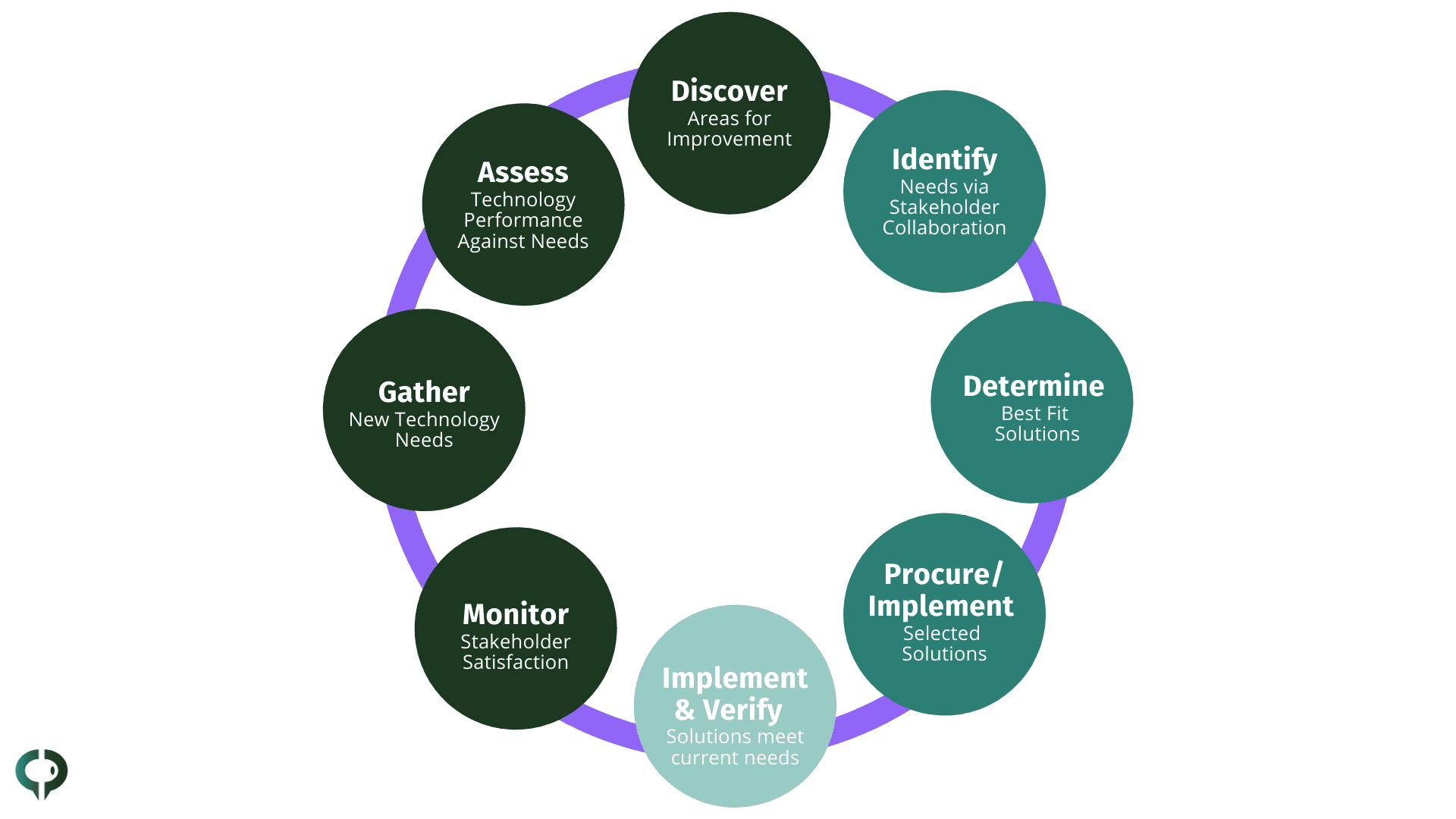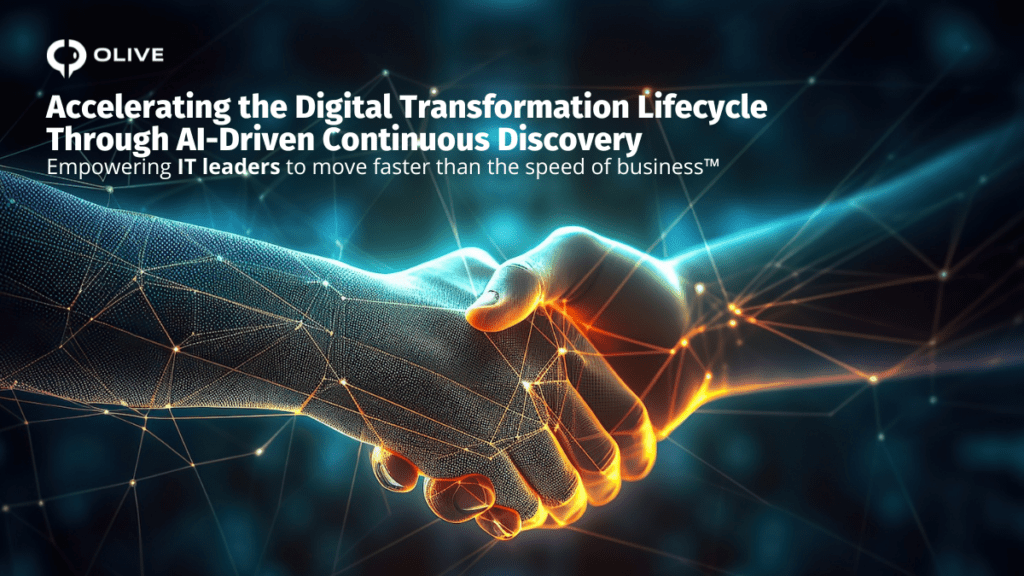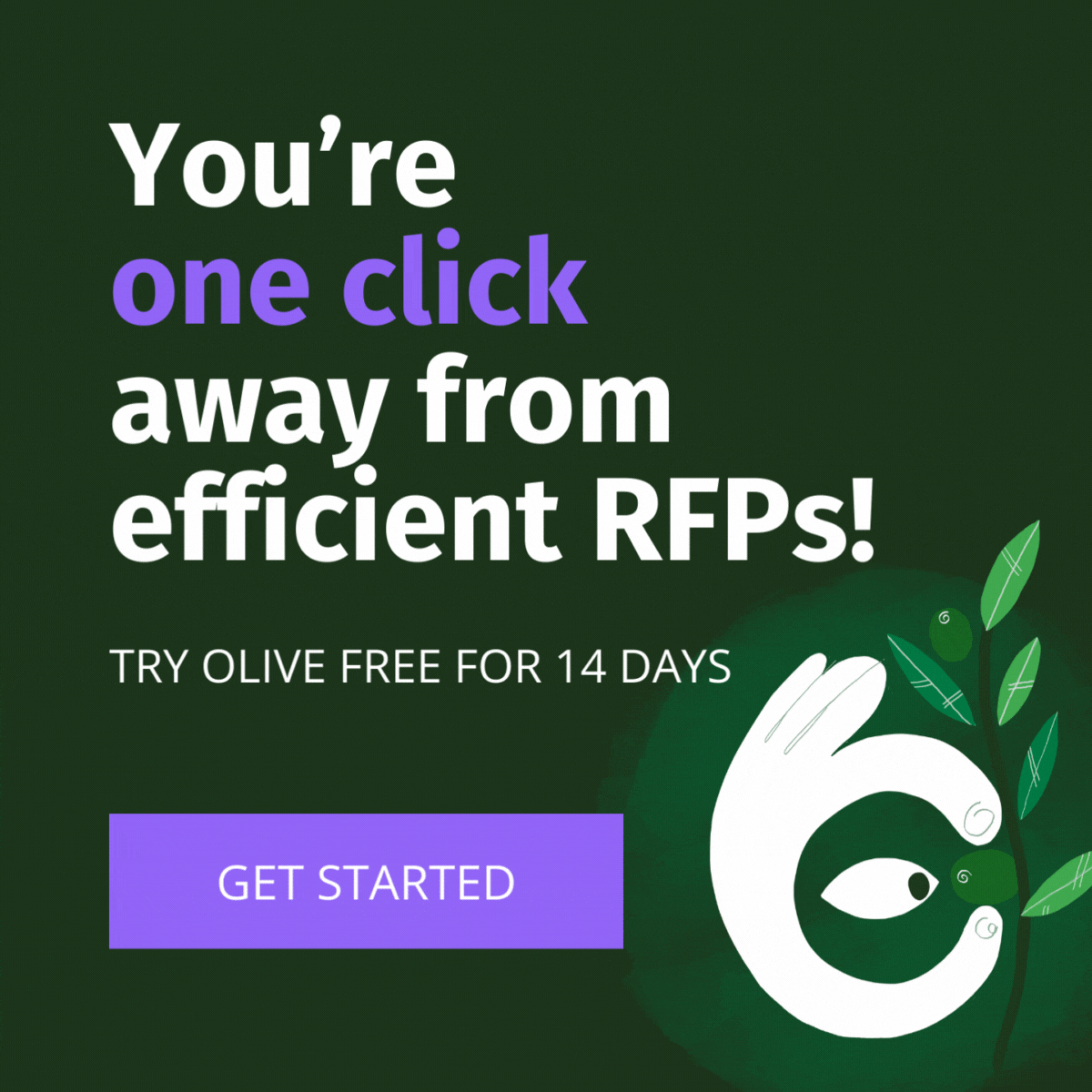Navigating the Technology Lifecycle: Insights, Best Practices, and Frameworks
Technology is the heartbeat of modern businesses. The strategic management of technology assets is no longer a luxury but a necessity, and this is where Technology Lifecycle Management (TLM) steps in. TLM is the comprehensive approach to managing technology assets from inception to retirement. In this expansive exploration, we dive into the intricacies of TLM, uncover essential insights, delve into best practices, and examine frameworks that redefine how organizations approach technology.
What is Technology Lifecycle Management (TLM)
Technology Lifecycle Management is the savvy strategy that organizations swear by to mastermind their tech journey from cradle the grave is a strategic approach employed by organizations to efficiently oversee the entire lifespan of their technology assets, encompassing planning, acquisition, deployment, maintenance, and eventual replacement or disposal. TLM aims to optimize the value of these technology assets while minimizing associated risks and costs, ensuring a well-structured and effective technology environment.
Understanding the Technology Lifecycle Process and Framework
The technology lifecycle is a journey encompassing distinct phases, each with unique challenges and opportunities. Let’s dissect these phases to gain a deeper understanding:
1. Bleeding Edge: R&D Phase
The research and development (R&D) phase is at the genesis of any technology. This early stage involves substantial investment with uncertain returns, often referred to as edge.” The term encapsulates the risk associated with pioneering innovations that may or may not yield desired outcomes. The bleeding edge is marked by the inherent uncertainty of return on investment (ROI) and the potential disruptive forces that can render technologies obsolete before any gains are realized.
2. Ascent Phase: Returns on Investment
Once a technology investment is made and launched, it embarks on the ascent phase. While the returns may not be immediate, they gradually build up and accelerate over time. This phase represents the cumulative and logarithmic nature of gains. Organizations evaluate their technology investments by amortizing costs over the expected lifecycle and factoring in the benefits based on predefined outcomes.
3. Maturity and Decline Phases: Maintaining Value
As technology matures, it enters the phase of stability and gradual decline. For established enterprises, a significant portion of their technology environment might reside in these stages. The key is to recognize when investment transitions into divestment. Organizations must strike a delicate balance between deriving value from existing assets and strategically planning for their eventual retirement. In today’s digital age, cloud-based technologies have redefined the dynamics of the maturity and decline phases, offering flexibility in obsolescence management.
Reimagining the Technology Lifecycle Management Process with Olive
Olive lets organizations explore the intricacies of the TLM process itself by providing insight into evolving stakeholder needs that help organizations. Understand and communicate how to transition smoothly from the planning and acquisition phase to deployment, operation, upgrades, and beyond. This process-oriented perspective helps organizations navigate each stage thoughtfully.
Olives’s TLM Framework
1. Discover Areas for Improvement
This initial stage involves identifying areas within the existing technology landscape that require enhancement or optimization.
2. Identify Needs via Stakeholder Collaboration
Collaboration with stakeholders helps understand and pinpoint specific technology needs and requirements.
3. Determine Best Fit Solutions
This stage involves evaluating and selecting the most suitable technology solutions based on the identified needs.
4. Procure/Implement Selected Solutions
The procurement and implementation processes are initiated once the solutions are chosen.
5. Implement & Verify Solutions meet current needs
Implementation is followed by verification to ensure the selected solutions effectively address the current technology needs.
6. Assess Technology Performance Against Needs
Regular assessments gauge how well the technology meets the identified needs.
7. Monitor Stakeholder Satisfaction
Continually monitoring stakeholder satisfaction helps gauge the implemented solutions’ effectiveness and identify improvement areas.
8. Gather New Technology Needs
Over time, new technology needs may arise, which are collected and considered for future enhancements.
Technology Lifecycle Management Best Practices
Recent thinking by Source Allies sheds light on crucial aspects of TLM that organizations should consider. Let’s delve into these insights that inform effective TLM practices:
Creating a TLM Portfolio
Embarking on a TLM journey necessitates a comprehensive understanding of your technology assets. Conducting a thorough inventory and audit of hardware, licenses, and agreements forms the foundation. This inventory serves as a portfolio, offering a clear overview of technology investments and their respective lifecycle stages.
Scheduled Upgrades and Disposal
Proactive management is key. Developing an annual schedule for deprecating obsolete and redundant technologies, upgrading assets, and investing in replacements ensures that technology decisions align with the organization’s strategic goals. This approach prevents technology from becoming an impediment to progress.
Balancing Functionality, Flexibility, and Cost
Organizations face the perennial challenge of balancing functionality, flexibility, and cost. Employing a well-defined cost-benefit rubric helps make consistent and informed technology decisions. This rubric ensures that technology investments not only meet functional needs but also align with financial realities.
Vendor Contracts for Longevity
Vendor relationships play a pivotal role in TLM. Negotiating contracts that safeguard against obsolescence is essential. These provisions may encompass ongoing support, updated configurations, and software upgrades, providing organizations with a safety net as technology evolves.
Olive’s Role in the Future of Technology Lifecycle Management
Within the sphere of technology decision-making, we here at Olive aim to revolutionize the TLM landscape with our software.
Tools like IT asset management (ITAM) and product portfolio management (PPM) can help organizations find and consolidate all of their technology assets and organize their technology initiatives, but even when used together, there are gaps and weaknesses that Olive can help fill and overcome.
ITAM solutions effectively track an organization’s technical assets, manage licensing and contracts, and identify cost savings based on usage and potentially redundant solutions. However, they are not as effective at identifying new and evolving technical needs. Some of these solutions have survey features that will assess overall stakeholder satisfaction with current technologies, but they are not detailed nor collaborative enough to perform effective need-gap analysis.
ITAM solutions also have difficulty determining if potentially redundant solutions are indeed redundant. For example, Microsoft Teams may be used day-to-day for video meetings, but WebEx may be necessary for meetings with a large number of attendees and webinars. Both of these tools have redundant features and may, at face value, seem to be redundant, but unless you understand the true stakeholder needs and the requirements, each solution fulfills that the other does not.
PPM tools help organizations strategically plan and prioritize all of their technology initiatives (including internal IT initiatives). They often include business process mapping tools to help define all organizational business processes to determine which processes need to change and how technology can help improve processes. The problem with these tools is that they are often incredibly difficult to use. PPM tools target technical users trained to build complicated workflows that can take months and are incredibly difficult to modify and update. The information needed to build these workflows must be elicited from stakeholders via documentation and interviews. However, most people need to improve at defining what they do regarding workflows, and gathering this information is incredibly inefficient and often results in many inaccuracies.
Olive can help fill the gaps that ITAM and PPM solutions leave by providing a collaborative space where stakeholders and business analysts can continuously collaborate throughout the TLM process. Olive provides the tools for continuous discovery. Rather than the “one and done” approach to solution discovery and management, stakeholders can continue to provide input on new and evolving technology needs, whether or not they are related to an existing solution.
As all these data are collected, Olive can continue to identify and store all the details on specific and granular stakeholder needs and requirements and whether they are met by existing technology or not. This can help ITAM solutions determine whether possibly redundant technologies are, in fact, redundant by identifying the detailed needs and requirements that each technology meets. This can also help identify growing and unfilled technology needs within the organization to help PPM solutions prioritize large technology initiatives before they become critical.
Unbiased Expertise
Olive’s recommendations are founded on genuine expertise, devoid of vendor influence. This approach elevates the credibility of technology evaluations and ensures objectivity.
Customized Solutions
Olive’s emphasis on tailored solutions fosters a unique synergy between technology and business challenges. This alignment drives innovation and grants organizations a competitive edge.
End-to-End Partnership
Olive’s commitment extends beyond recommendations. It encompasses ongoing support throughout the technology lifecycle, maximizing the value and impact of technology investments.
Exploring Key Concepts and Best Practices
Technology Lifecycle Management Framework: Olive dives into the heart of TLM with a comprehensive framework. Our blueprint guides organizations through the entire lifecycle, from inception to retirement. It offers a structured roadmap for strategic decision-making, ensuring a seamless technology journey.
From TLM to Transformation: Navigating the Digital Future
In a world where technology drives innovation, efficiency, and competitive advantage, Technology Lifecycle Management emerges as a strategic imperative. Aligning technology with business goals and embracing a nuanced understanding of each phase’s intricacies is paramount.
Insights from thought leaders underscore the significance of creating portfolios, scheduled upgrades, cost-benefit assessments, and future-proofing through vendor contracts. Olive’s innovative thought leadership amplifies these principles, emphasizing unbiased expertise, tailored solutions, and comprehensive support.
By harnessing these insights, organizations can navigate the intricate landscape of technology with wisdom and foresight. Technology investments transform into strategic enablers, propelling sustainable growth, innovation, and success in the digital age. As businesses redefine their approach to technology, the journey becomes more than a lifecycle—it becomes a catalyst for transformation.
Sources and Further Reading
LinkedIn – True Loyalty Measure (TLM), A Replacement For NPS?: This article discusses the concept of True Loyalty Measure (TLM) and its relevance to technology lifecycle management.
CHG-MERIDIAN Canada – Three Reasons TLM is important: This resource highlights the importance of taking a long-term view of technology lifecycle management and managing usage and costs throughout the lifecycle of assets.
Gartner Information Technology Glossary – Definition of TLM (Technical License Management): This source provides a definition of TLM (Technical License Management) from Gartner’s Information Technology Glossary.
TLM Pty Ltd trading as TLM-CyberStrategy – Board Strategy and Guidance: This website offers board strategy and guidance services provided by TLM Pty Ltd, which can be relevant to technology lifecycle management.
Kuehne+Nagel – Total Logistics Management for optimized supply chains: While not directly related to technology lifecycle management, this resource discusses Total Logistics Management (TLM) and how it can optimize supply chains. It may provide insights that can be applied to technology lifecycle management.








